Maurizio Cattelan, one of the most controversial figures in contemporary art, has a new exhibit in China- this time at the invitation of Gucci’s creative director Alessandro Michele. The exhibit’s theme is imitation and even the name, ‘The Artist is Present’, is lifted from another major exhibition. In today’s remixed and photocopied age, what is the role of originality in artistic creation?
INTERVIEW BY NİLÜFER ŞAŞMAZER PHOTOGRAPHY BY PIERPAOLO FERRARI
Does the name Maurizio Cattelan ring a bell? Maybe you’ve heard of his stuffed animal sculptures or his meteor-hit, hyper-realistic sculpture of the Pope? Or was it TOILETPAPER magazine, published in collaboration with Pierpaolo Ferrari? Perhaps you’ve heard of the fake biennial he organized in the Caribbean. Or maybe it was the entire exhibit that he ripped off from another artist. Don’t worry if all this means nothing to you. You can expect to hear more from the Italian artist in the coming year because, although he announced his departure from art in 2011 followinG a retrospective at the Guggenheim, he continues his artistic career through both the magazine he publishes and the exhibitions he curates. The Artist is Present, his latest exhibition, is scheduled to open in Shanghai on October 10th.
IMITATION IS AUTHENTIC WITH MAURIZIO CATTELAN
INTERVIEW
The show will focus on projects from many artists ‘that propose simulation and copy as a paradigm of global culture.’ What is creativity in the postmodern world? How did you extend the sub-themes, and which artists are working on these sub-themes, if you could name a few?
Creativity to me has always been related to the skills of sharing and editing, since the very beginning of art history. It’s the nature of representation: primitives painted on the wall of their caverns the hunting scenes so that their descendants can learn how to get food. In the show, you won’t find prehistoric paintings but, starting from the belief that even your image in the mirror can be considered a copy of yourself, there’ll be a compendium of all types of replication you can think of—even the most adventurous and improbable ones, from the Renaissance on.
You have curated shows before. As an artist-curator, what is the difference for you in this process, in the sense of choosing and installing other people’s works? Or, how did being an artist yourself, publishing a biannual magazine and working with fashion houses on many occasions affect your curatorial approach here?
I always try to be very respectful of others’ works, but without becoming submissive. Artist-curated shows are interesting to the extent that they can trouble our very understanding of notions such as ‘artistic autonomy’ and ‘authorship’ and dismantle the idea of the exhibition itself. Of course, this can make some artist sceptical of the result, but, you know that saying: nothing ventured, nothing gained. We are missing some bravery in the art world, on both the artistic and the curatorial sides of the river. I believe we should start to take some risks.
You create works for eyes. Your work is utterly visual, as you play with notions such as re/presentation, illusion, and reality. What would it be, if you created an artwork for an audience without sight?
I’m aware that most of our childhood is stored not in photos, but in certain biscuits, kinds of daylight, smells, textures of carpet, as Proust teaches us. This is valid for my memories, but it’s not the way I think. It’s like asking someone whose mother tongue is Italian to start speaking in Latin. One can recognize some sounds but would never start to speak the language from scratch.





